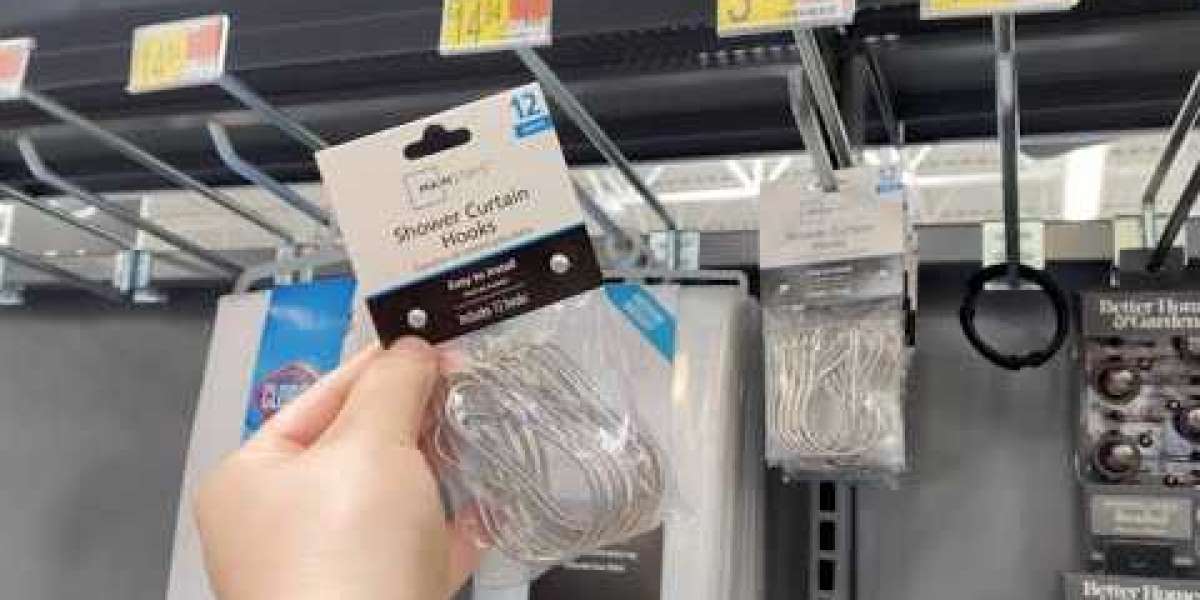Nails are used to fasten roof tiles to the framework of a roof so that they appear to be hung there. Typically, the tiles will be hung in rows that are parallel to one another, with each row overlapping the row below it to prevent rainwater from getting through and to hide the nails that are holding the row below it in place. There are also shingles that are designed specifically for certain areas of the roof, most notably the intersections of the planes of the various pitches. These can be mechanically fastened or bedded and pointed in cement mortar. Both options are available.
The following is a selection of some of the most common kinds of roof tiles; from this list, you can select the one that is most appropriate for the requirements of your project.
Roof tiles made of structural clay
1. The term "structural clay tile" refers to a category of building materials that are made from burned clay and are used for the construction of roofing, walls, and flooring for both structural and non-structural purposes, particularly in fireproofing applications
2. Each individual component is typically crafted out of clay or terra cotta and contains a number of hollow cavities, also known as cells
3. This material is frequently utilized in the construction of floor arches, as well as fireproofing, partition walls, and furring
The use of structural clay tile in vertical applications as a structural element is the form that has proven to be the most popular and durable over time. In a similar fashion, structural clay tile blocks were frequently used as backing for exterior walls. These blocks would fill the voids that were typically found behind architectural ornament, stone, or brickwork. Clay tile blocks were traditionally used as infill between structural members in the early construction of steel buildings. This provided the much-required lateral support. In some instances, entire walls—typically only found in buildings with one story and very rarely higher—were constructed out of structural clay tile. These tiles typically had a thickness of multiple wythes.
Tiles made of concrete for roofing
Roofing tiles made of concrete have been used for many decades as an alternative to more conventional materials like clay and slate. It is not always the case that concrete tiles are what you would expect them to be; in fact, many stunning period homes have replicas made from concrete that are nearly indistinguishable from the original versions of the tiles.
Because of its versatility, concrete works well in a diverse range of architectural styles and color palettes. Regardless of what era your home was built in or which aesthetic best reflects your own sense of style, you are able to customize your roof to achieve the exact look that you want it to have. Concrete roof tiles are constructed to be sturdy enough to withstand any kind of severe weather and are designed specifically so that they can be walked on. This means that the surface of the tile will not become delaminated by frost in areas that have a cold climate, which is something that can happen to clay roof tiles. To make concrete metal roof tiles more durable and less susceptible to fading over time, you can color the concrete all the way through with oxides or give them multiple top coats. The surface of concrete roof tiles that have been coated helps prevent the growth of moss, lichen, fungus, and algae as well. It is easier to handle than long-run panels, lighter than concrete or clay tiles, and offers cost savings in transport, is quick to install, and performs well in whatever extreme conditions mother nature throws at it. Additionally, it is lighter than long-run panels. The market share for metal tile has increased by a factor of more than four over the course of the last decade, making it one of the home improvement categories with the highest rate of growth. The advantages provided by modern metal roofs enable homeowners to improve the value of their homes by adding products that have a longer lifespan. A significant number of ceramic tiles are manufactured using recycled and/or recyclable materials. Ceramic tile can help to keep your house cooler in the summer, which in turn will help to reduce the amount of energy (and money) you use. Ceramic tile is beneficial for both you and your home because it can be used in virtually every room. Just a few of the many benefits of ceramic tile are as follows:It is beneficial to the environment, helps cut down on allergens in the home, raises the value of your property, and is not only beautiful but also practical and functional. Those who suffer from allergies related to dust will find this to be an extremely beneficial benefit.
Tiles made of polymeric materials
It is a relatively new type of shingles that is currently being actively promoted on the domestic construction materials market and is beginning to experience a rise in demand. This high-quality washed sand, which, using the most cutting-edge technological processes, had all of the impurities of clay and other undesirable species, as well as the high polymer and contemporary types of dye, removed from it, washed away to produce a superior product. In terms of percentages, the final product is composed of each of these components in the following proportions: 70:29:1. In particular, this and identifies key strengths and advantages of polymer shingles over other types of similar roofing materials. Citation needed Citation neededIn contrast to the majority of other popular roofing materials at the moment, polymer tiles provide a safe surface for walking on the roof. Above all else, it has a very long lifetime – fifty years or more, depending on a wide variety of factors, but in any case, under the same conditions, it is more durable than natural tiles, and the only situation in which it is not worth it is when compared to galvanized steel. In many instances, the slate metal roof tiles will outlive the buildings that they are installed on because of their exceptional durability. It is not unheard of for a slate roof to last for 150 years or more if it is properly installed and maintained throughout its lifetime.
Slate roof tiles are not only stunning and long-lasting, but they also resist fire and are better for the environment than other roofing materials. They are also capable of being recycled either after they have been used on the roof or after the building that they were installed on has been demolished and replaced. They can also help to insulate the home that is located below them, which can result in a reduction in the amount of money spent on heating and cooling homes that have them installed.
Solar tiles for the roof
Solar roof tiles are an alternative to traditional solar panels that are currently available. Solar tiles are integrated into the structure of the roof, so they do not need to be attached to pre-existing rooftops using racking systems. Because a roof installation and a solar array can be combined into a single component, they have the potential to be a workable choice in both brand-new construction and major renovation projects. Solar shingles and solar roof tiles are both terms for the same product. On the other hand, solar shingles give the impression of a normal roof without any panels, but they utilize the space available in a manner that is less effective.
Roof tiles made of terracotta
On a roof, terracotta chinese roofing tiles will not warp or deteriorate in the same way that asphalt roof tiles will. The color of the terracotta tile won't change over time either, which is a bonus feature. Because of these clay tiles' high insulating capacity, homeowners can realize significant cost savings on their monthly utility bills throughout the entire year. Both kinds of roof tiles call for minimal upkeep over their lifetimes.
Once terracotta roof tiles have been properly installed, there is very little maintenance work that needs to be done on them over the course of the roof's lifetime. g. installing a skylight), only the tiles that are actually affected need to have their positions changed or removed. If your roof is kept tidy and in good condition, terracotta roof tiles, which are non-toxic, may be suitable for the collection of rainwater for later use in another context. It has the appearance of an S, and it is a single lap, which indicates that the end of the tile only laps the course that is directly below it. Tiles that are flat typically span two courses.












